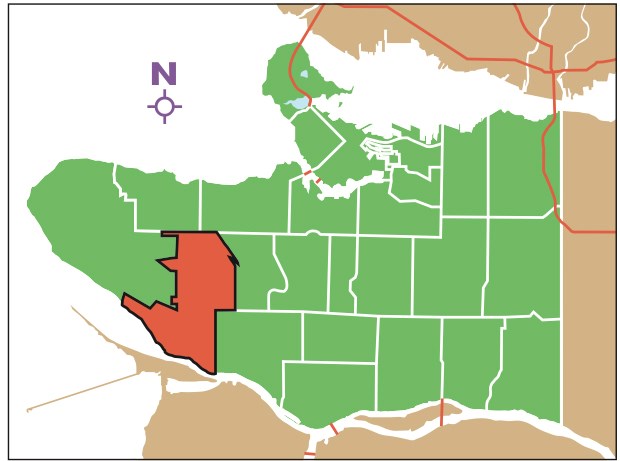Dunbar-Southlands seems like a Vancouver neighbourhood that time forgot. With its tree-lined streets and single family homes, Dunbar has a trapped-in-amber quality. No neighbourhood in any city is immune to change and that’s especially true in Vancouver, but change doesn’t tend to happen quickly in Dunbar.
There are still many holdovers from another era, like the horse stables in Southlands, adjacent to the sprawling mansions that overlook the Fraser River. To the north, along the edge of Pacific Spirit park, lies Camosun bog — a millennia-old wetland preserved by a few committed naturalists. Today’s transit routes more or less follow the trolley lines of nearly half a century ago.
Then there are the businesses: the single screen movie theatre, the pair of independent bookshops, the iconic neighbourhood grocer with its largely-unionized staff.
When Dunbar does change, it’s through evolution and not revolution. The single family homes that make up the majority of housing in the area aren’t going away — but knockdowns are increasingly common as residents sell older properties to downsize.
The fact many Dunbar residents actually have backyards probably adds to the neighborhood’s reputation as a NIMBY stronghold.
A city-backed plan to introduce the first supportive housing units to the area in 2006 was met with stiff opposition from some community groups.
And while a public hearing isn’t even on the calendar yet, many residents are gearing up to fight a proposal that would see Stong’s market redeveloped as a six-storey mixed-use building. The Musquam First Nation have called the Dunbar-Southlands area home for centuries and will be the subject of an upcoming Vancouver Special neighbourhood feature in the Courier.



